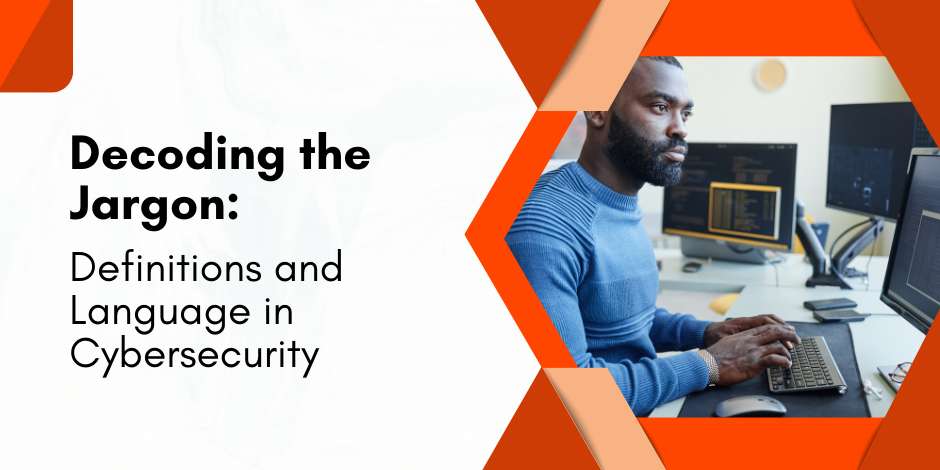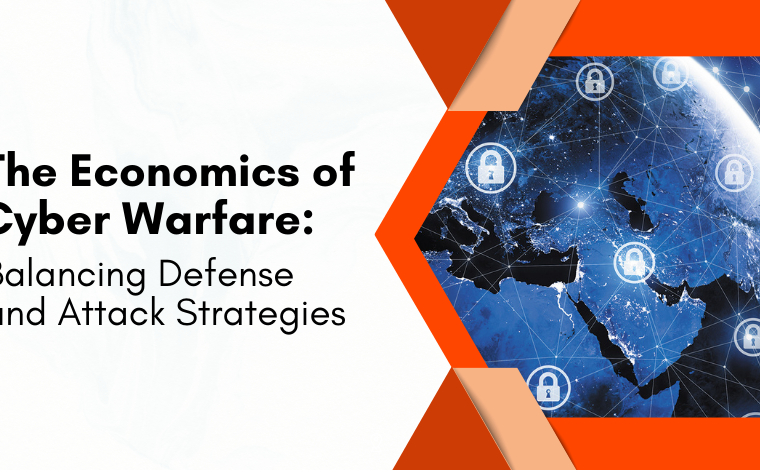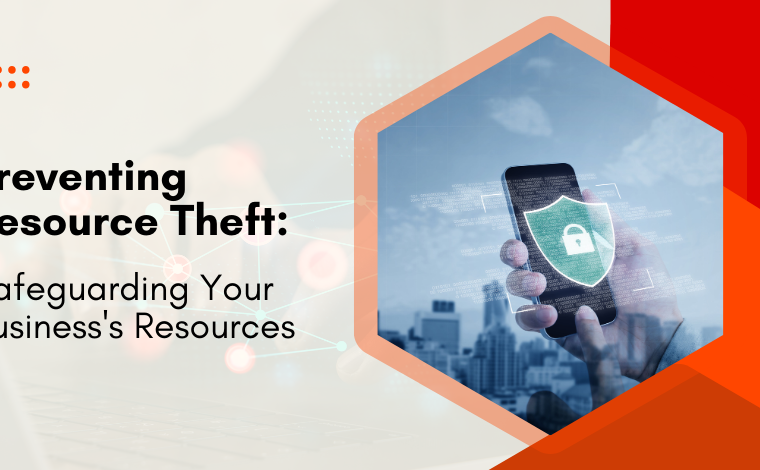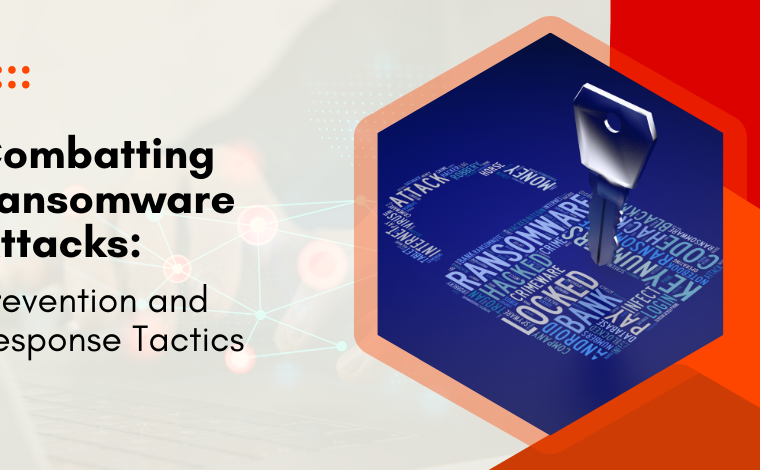Decoding the Jargon: Definitions and Language in Cybersecurity

Stay Informed With Our Weekly Newsletter
Receive crucial updates on the ever-evolving landscape of technology and innovation.
As the digital landscape continues to evolve, so does the language used to describe it.
In the realm of cybersecurity, a myriad of terms and jargon can often leave individuals feeling overwhelmed and confused.
This guide aims to demystify the four most common types of definitions and language in cybersecurity, providing clear and concise definitions for commonly used terms and phrases.
Understanding the basics of language in cybersecurity

In its simplest form, cybersecurity refers to the practice of protecting computers, servers, mobile devices, electronic systems, networks, and data from digital attacks.
Language in cybersecurity can encompass everything from the types of attacks to the strategies that prevent them.
These attacks are typically aimed at assessing, changing, or destroying sensitive information, interrupting normal business processes, or extorting money from users.
Now, let’s explore the language in cybersecurity, including the most commonly used terms and phrases in this field.
Malware
In the language of cybersecurity, Malware is a term used to describe malicious software, including viruses, worms, trojans, ransomware, and spyware.
These harmful programs are designed to damage, disrupt, or gain unauthorized access to computer systems, often without the user’s knowledge.
Malware is one of the most significant threats in cybersecurity, with new variants being developed and released continually.
5 billion malware attacks were reported in 2022, and the frequency of attacks is still rising.
Understanding the different types of malware and how they operate is a crucial aspect of maintaining robust cybersecurity practices.
Phishing
Phishing is a term in the language of cybersecurity that refers to the fraudulent practice of sending emails purporting to be from reputable companies to induce individuals to reveal personal information, such as passwords and credit card numbers.
Cybercriminals commonly use phishing attacks to gain unauthorized access to sensitive data.
Phishing can take many forms, including spear phishing, where the attack is targeted at a specific individual or organization, and whaling, where the attack is directed at senior executives or other high-profile targets.
Understanding the various forms of phishing can help individuals and organizations protect themselves against these types of cyber attacks.
Decoding advanced cybersecurity terms

While understanding the basics of language in cybersecurity is crucial, it’s equally important to familiarise oneself with more advanced terms and concepts.
These terms often relate to specific strategies or techniques used in cybersecurity.
Encryption
Encryption is a method used to protect data by converting it into a code to prevent unauthorized access.
In the context of the language in cybersecurity, encryption is often used to protect sensitive data during transmission or when stored on a computer or network.
There are two main types of encryption in cybersecurity: symmetric encryption, where the same key is used for encryption and decryption, and asymmetric encryption, where different keys are used for encryption and decryption.
Understanding encryption and its role in cybersecurity is vital for anyone looking to protect their data effectively.
Firewall

In the language of cybersecurity, a firewall is a network security system that monitors and controls incoming and outgoing network traffic based on predetermined security rules.
Firewalls establish a barrier between a trusted internal network and untrusted external networks, such as the Internet.
Firewalls can be hardware, software, or a combination of both.
They are a fundamental component of any robust cybersecurity strategy, providing a first line of defense against potential cyber-attacks.
Conclusion
Understanding the language in cybersecurity is essential for anyone looking to protect their data and digital assets effectively.
By familiarizing yourself with the terms and concepts outlined in this guide, individuals and organizations can better understand the threats they face and how to mitigate them.
Remember, cybersecurity is not a one-time effort but an ongoing process. As the digital landscape continues to evolve, so too will the language in cybersecurity.
Staying informed and up-to-date with the latest terms and trends is key to maintaining robust cybersecurity practices.
Consider enrolling in the Institute of Data’s Cybersecurity program to improve your knowledge of language in cybersecurity and stay ahead of evolving challenges.
Alternatively, if you’re interested in learning more about the program and how it can benefit your career, book a free career consultation with a member of our team today.





